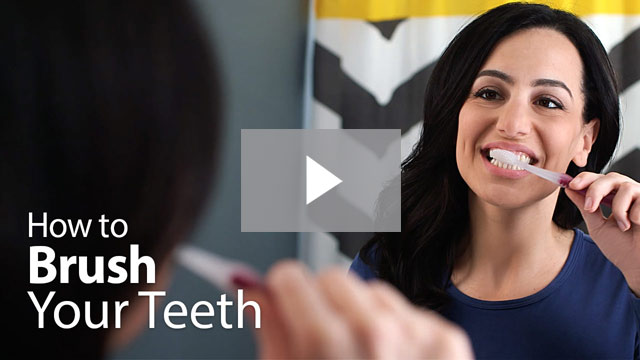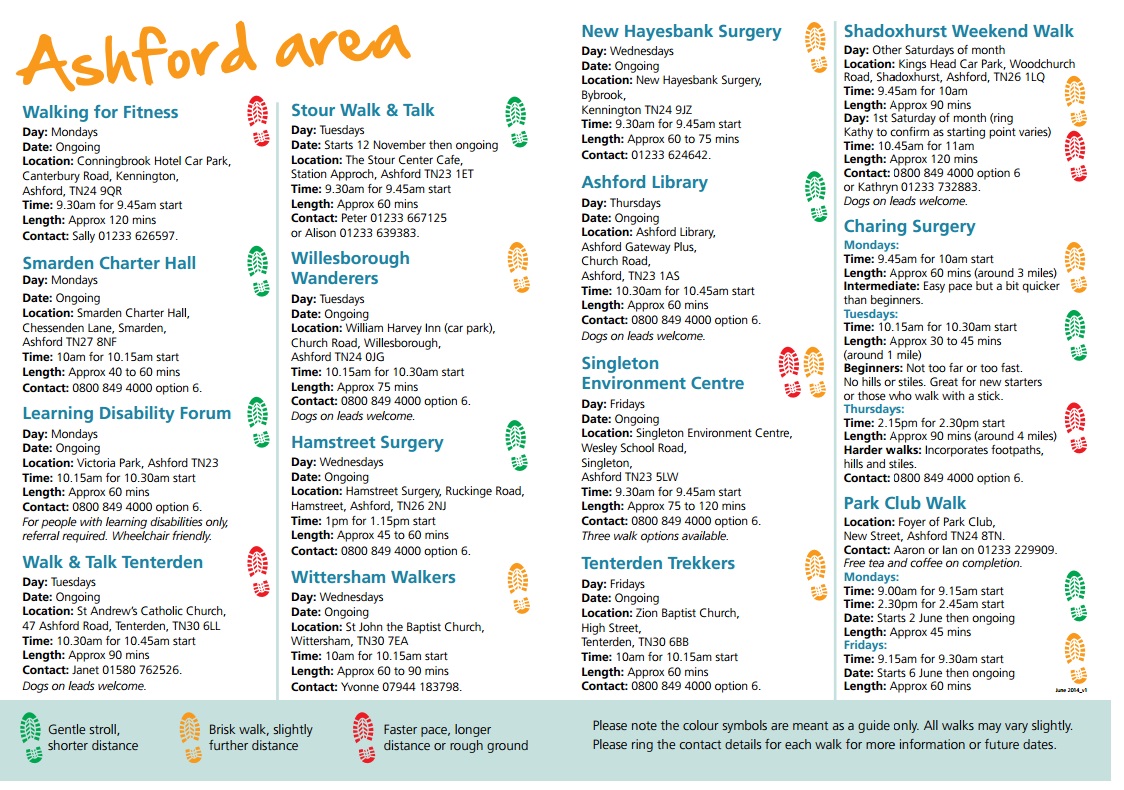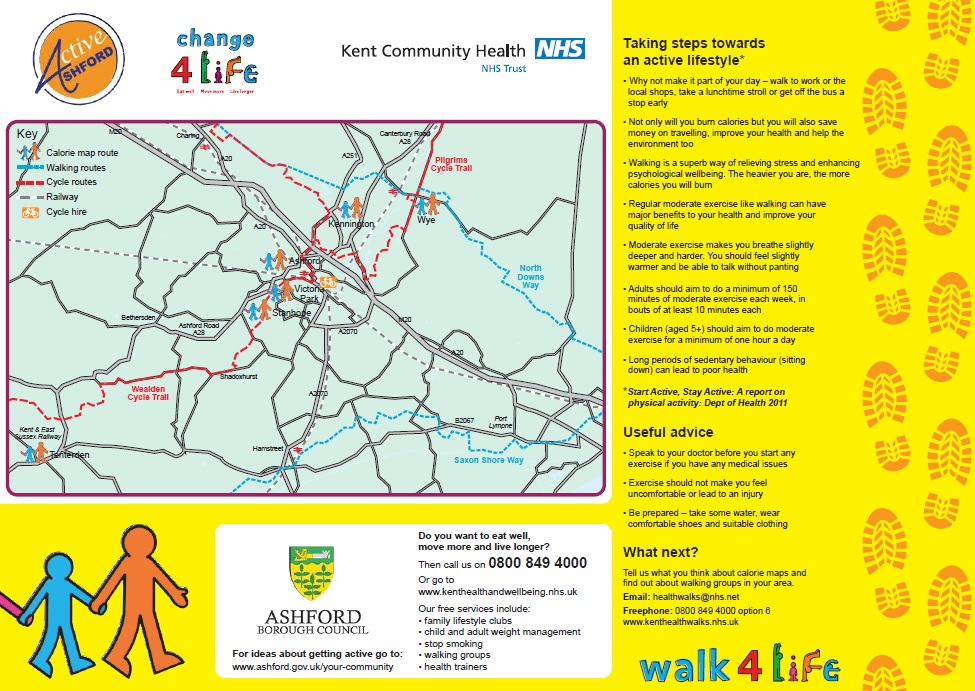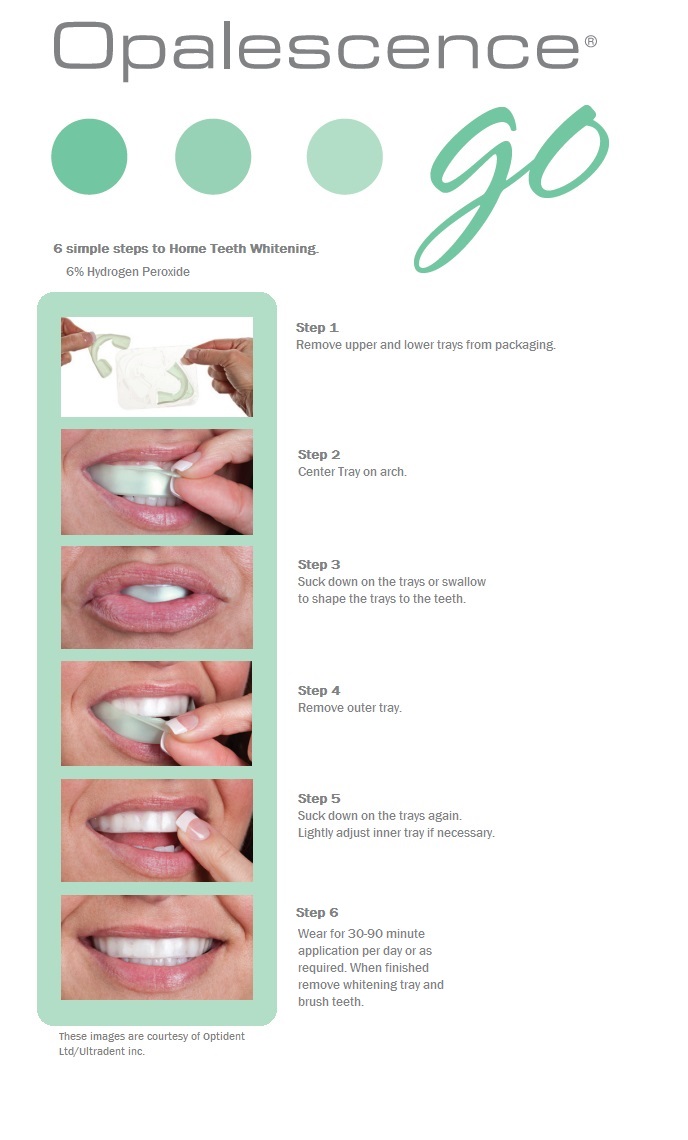Author: Ashford Dental Care
Book online with one of our experts to check how well you Brush your teeth
According to recent studies many of us don’t brush our teeth properly.
Sadly research also suggests poor oral health doesn’t stop at the mouth, it can be linked to heart attacks, a stroke, and some forms of cancer. Therefore I have put a blog together to highlight which areas we can all improve of brushing and oral health regimes.
Firstly which brush is best?
Generally it is technique, and many will say that there is not much difference between a manual and electric toothbrush. However an electric toothbrush does take the effort out of brushing in the morning, some studies suggest it can be 45% percent more effective, but this is likely to the brush head moving at a consistent speed and the inbuilt timer makes you spend that extra time brushing so also have pressure sensors that let you know when you are brushing too hard. Electric toothbrushes come in two forms, sonic waves such as the sonicare, others work with a mixture of oscillations and pulsations such as Oral B. Generally most people leave it to a matter of choice.
Manual brushes the recommendation is a soft brush with a small head.
How to brush?
Using small circular movements over each tooth, starting with the outward faces then on the inside faces.
The holding the brush like a pen, angle it at 45 degrees, tilting it slightly upwards when brushing the upper teeth, tilting slightly downwards when brushing the lower teeth with the brush gently touching the gum.
Finally brush the biting surfaces.
What is important to consider is that you do not want to be brushing too hard as this can cause trauma to the gums and abrasion, therefore the gums will recede and this will cause sensitivity. This is why Professor Aubrey Sheiham of University college London suggests holding the toothbrush like a pen so that you don’t over brush as you would if you gripped it with your hand. For more information on the study it can be read here
You should be brushing for 2 minutes twice daily if not more, that’s 30 seconds per quadrant, any more could also lead to abrasion and gum recession.
They also suggest you do not rinse your mouth after brushing instead leaving fluoride on the teeth to maximise the benefit of fluoride. It is also recommended that you wait 40 minutes to 1 hour after eating to brush so allow PH levels in the mouth to neutralise particularly after eating acidic food.
Below is a link to a video that shows you how to brush
International Happiness Day
It’s the 20th March and this not only means there is going to be an eclipse, it’s the start of spring. But also it is International happiness day, where people all around the globe get together to create happiness to spread across the planet.
Visit the page below to download your happiness pack to see who you can get involved and view just how many people have pledged to spread happiness.
http://www.dayofhappiness.net/involved
Within the pack they have suggested ways to bring you happiness:
1) Doing something for someone else- Research would suggest kindness to others increases our levels of happiness as well as others. When someone is kind to you pass it on, pay it forward.
2) Volunteer time, energy and your skills- Volunteering provides a positive contribution to creating happiness in others. Gets you out and about and meeting new people therefore increasing your own happiness.
3) Get to know your neighbours- Getting to know others creates a sense of belonging to a community and creates happiness for the neighbourhood
4) Understanding needs- Communication is key for all relationships, both being able to hear and be heard will strengthen connections and relationships with the people around us.
5) Look for good in people around you- Rather than criticise those around look for the good in people and bring to light the things we value and appreciate in each other
They’ve also put an image together for 10 ways for happier living.
Happy New Year 2015
Guidance on Delivering Better Oral Health and Recall
Below is some information to patients on brushing regime and how offer dental check ups are recommended by the department of health.
The first section gives dietary advice, and toothbrushing and tooth paste instructions.
The second breaks down the age groups and outlines the procedure in relation to age and risk, this is what your dental practioner should be looking at as a guideline when determining a course of treatment for yourself and your family.
The final section outlines the procedure for individual conditions, for example children with orthodontic appliances often have difficulty in keeping their teeth clean due to the metal acting as a food trap, therefore there are aids and advice how to acheive a cleaner mouth.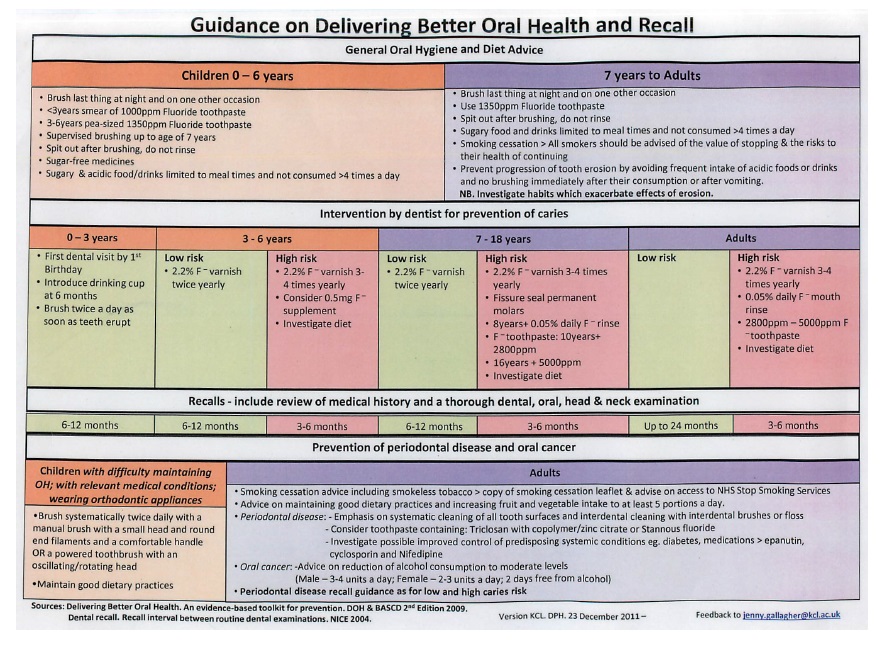
Advice on Flossing and Brushing
A new marketing strategy from GSK asks people to love their mouth, which we think is a great idea.They have offered advice how to pamper your mouth on a daily basis, Read the step by steps tips on brushing and flossing below. We think these are simple instructions that only take 10 minutes every day and night as part of your normal beauty or early morning regime. 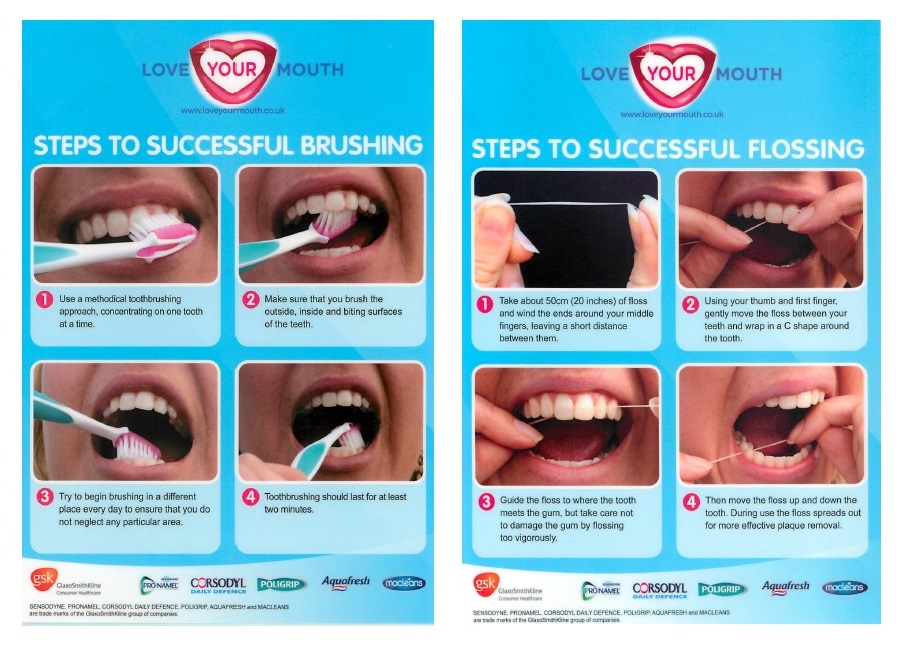
Get Walking this Summer in Kent
Ashford borough council has also got involved as part of the change 4 life scheme offering useful advice into acheiving a healthier lifestyle.
Tooth Decay
Tooth decay
Dental caries, also known as tooth decay or a cavity, is a disease where bacterial processes change carbohydrate like sugar in food left on teeth to acid that demineralises hard tooth structure (enamel,dentin, and cementum).[1] If demineralisation exceeds saliva and other remineralisation like from fluoride, these tissues progressively break down, producing dental caries (cavities, holes in the teeth). Two groups of bacteria are responsible for initiating caries: Streptococcus mutans and Lactobacillus. If left untreated, the disease can lead to pain, tooth loss, infection, and, in severe cases, death.[2] Today, caries remains one of the most common diseases throughout the world. Cariology is the study of dental caries.
Below is a video showing decay progression in the teeth.
The presentation of caries is highly variable; however, the risk factors and stages of development are similar. Initially, it may appear as a small chalky area that may eventually develop into a large cavitation. Sometimes caries may be directly visible, however other methods of detection such as radiographs are used for less visible areas of teeth and to judge the extent of destruction. Lasers for detecting caries allow detection without radiation and now are being used for detection of interproximal decay (between the teeth). Disclosing solutions are also available that are used during tooth restoration to minimize the chance of the recurrence.
Tooth decay is caused by specific types of acid-producing bacteria that cause damage in the presence of fermentable carbohydrates such as sucrose, fructose, and glucose. The mineral content of teeth is sensitive to increases in acidity from the production of lactic acid. Specifically, a tooth (which is primarily mineral in content) is in a constant state of back-and-forth demineralization andremineralization between the tooth and surrounding saliva. For people who have little saliva, there also exists remineralization gel, especially due to radiation therapies which may destroy the salivary glands. These patients are particularly susceptible to dental caries. When the pH at the surface of the tooth drops below 5.5, demineralization proceeds faster than remineralization (meaning that there is a net loss of mineral structure on the tooth’s surface). Most foods are in this acidic range and without remineralization, this results in the ensuing decay. Depending on the extent of tooth destruction, various treatments can be used to restore teeth to proper form, function, and aesthetics, but there is no known method to regenerate large amounts of tooth structure, though stem cell related research suggests one possibility. Instead, dental health organizations advocate preventive and prophylactic measures, such as regular oral hygiene and dietary modifications, to avoid dental caries.
New Home Whitening Products Launched
Introducing Opalescence Go PF Hydrogen Peroxide 6%
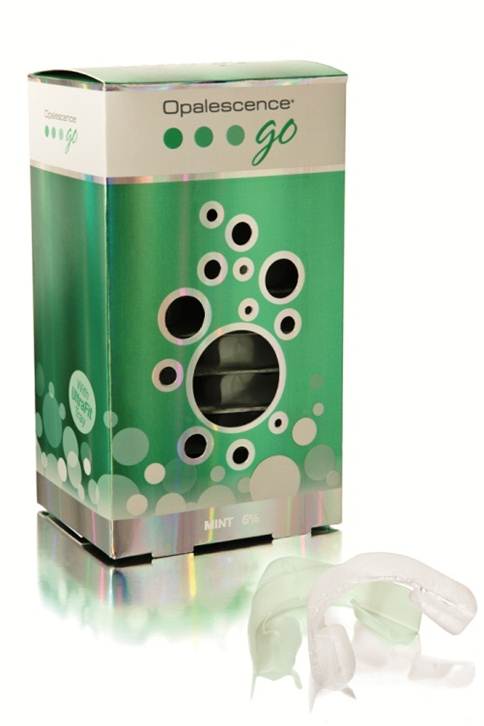 A new product that we are currently stocking in our surgery is the Opalescence go home whitening kit. The trays are pre-lined with 6% PF Hydrogen Peroxide which is EU compliant.
A new product that we are currently stocking in our surgery is the Opalescence go home whitening kit. The trays are pre-lined with 6% PF Hydrogen Peroxide which is EU compliant.
They boast an UltraFit tray that shapes to the mouth and molds to the teeth. The tray is activated by heat and can be molded to the teeth in a matter of minutes. They believe it to be a more comfortable tooth whitening experience. This is especially true for those of us who hate the process of taking impressions of our teeth. Once the tray is molded to the teeth the gel starts working on whitening the teeth.
Therefore if you are interested book an appointment to discuss home whitening with us. Unfortunately these items are prescription only and you would need to be seen by a dentist first.
We are currently selling these at the introductory price of £90.00 per kit to our patients. (While stocks last)
The contents of each pack are as follows, you can use one daily or as needed but you should always consult your Dentist prior undergoing any form of Whitening.
10 x Upper Prefilled Trays
10 x Lower Prefilled Trays
The Opalescence leaflet used to promote this product states 10 good reasons to use their product:
- They boast quick predictable results using their 6% hydrogen peroxide patented gel.
- That to product is easy to use, with a short 30-90 minute application time.
- Soft Ultrafit tray for a snug and comfortable fit.
- The Opalescence gel contains potassium nitrate and fluoride. Potassium Nitrate has been shown in studies to reduce sensitivity whereas Fluoride has been shown in studies to reduce caries and strengthen enamel. Opalescence states that they help to improve the overall health of the teeth.
- Boast a delicious mint flavor.
- A box of 10 upper and 10 lower individually sealed trays giving flexibility of when you wish to whiten.
- Single use and disposable, therefore more hygienic.
- Ideal for travelling and topping up already bleached teeth.
- No impression needed.
- Opalescence state that they are a world leader in tooth whitening systems and they believe they are a professional and trusted brand that we can have confidence in.
How to use:
Please follow these simple instructions when using this Home Whitening systems.
Gingivitis to Periodontitis
The Progression of Gum Disease
In its earliest stages, gum disease is referred to as gingivitis inflammation of the gums. Every day a clear sticky film called plaque builds up on the surface of the tooth. Plaque is made up of bacteria and their secretions, and it is easily removed by proper brushing and flossing. However, if plaque is allowed to build up, then eventually the gum tissue in contact with the plaque becomes red and inflamed. You may have observed that sometimes your gums bleed when you brush your teeth. This is because of the inflammation, and is often the first sign that you have the earliest stages of periodontal disease. In most cases, a thorough professional cleaning from your dental professional, and more attention to brushing and flossing can reverse the inflammation and bleeding associated with gingivitis.
Treatment
Oral hygiene instruction brushing and flossing advise and the use of single tufted brushes
Disclosing to help you visualize
Routine visits with the hygienist or periodontist for scaling cleaning root debridement and maintenance.
The use of medication including antibiotic s both short and long term.
And regenerative surgical procedures.
Below is a video explaining Gingivitis.
What is Periodontitis? Periodontitis is the most serious of the periodontal diseases, commonly referred to as gum diseases. It is remarkably common in adults over the age of 35, with some sources estimating that up to one third of American adults (more than 50 million people) suffer from some form of periodontitis. Periodontitis is the number one cause of tooth loss in adults, and is particularly prevalent in smokers and those with complicating diseases such as diabetes and osteoporosis. There are also some individuals who are genetically predisposed to developing this disease. Below are the stages of periodontal disease.
Periodontitis is the end result of a complex interaction between the bacteria (or plaque) that accumulates on tooth surfaces and your own body’s efforts to fight this bacterial infection. Everyone has bacteria in their mouth; if you follow normal oral hygiene procedures (brushing and flossing) and see your dentist regularly, under most circumstances these bacteria live in balance with your body’s defense mechanisms. However, if the bacteria build up on the tooth near the gums, and particularly if your body’s defense mechanisms are compromised, then an imbalance can arise and your gums will become red and inflamed. This inflammation, if left untreated, eventually results in damage to the ligaments and bone which hold your teeth in place, and in the worst cases can cause the teeth to become loose or to be lost.
We believe that prevention is better than cure. We hope to prevent our patients losing teeth if we can help it. Therefore we like to educate via our blog and in surgery so that our patients are aware that help is at hand.

